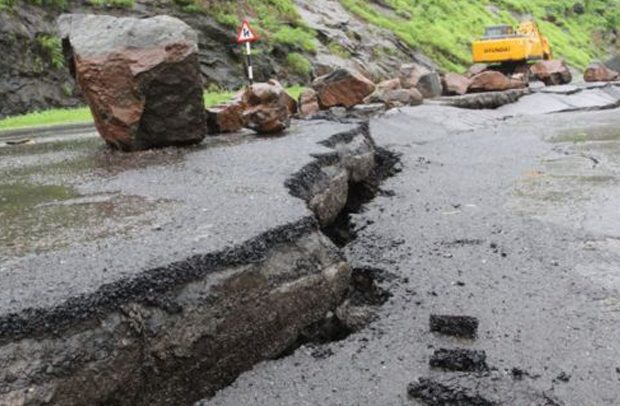Seismic movements are some of the subjects rarely discussed among Ghanaians although it is an occurrence not too distant from the country.
The subject only comes for brief discussions when after one of the many earth tremors to hit the country experts from the Ghana Geological Authority are called in to explain what happened.
Ghana has recorded a number of earthquakes and tremors in her pre-colonial period and recent times. One should not be a seismologist to know that seismic movements are features of a part of the country, especially the nation’s capital.
The warning by a former Head of Seismic Engineering of the Geological Survey Authority, Dr. Sylvannus Ahulu, is not to be taken lightly.
Accra, which houses most of the major structures in the country, some of them heritage listed buildings, lies along a fault line. Little wonder the McCarthy Hill area which runs in a somewhat straight line towards the Ministries area are known to have witnessed earthquakes many years ago, the most recent being in 1939.
Unfortunately, this is a subject which when broached by experts like Dr. Ahulu, are hardly considered for their worth and mostly treated as fictions. For most Ghanaians, seismic issues are but academic issues which do not mean a thing to them.
That is not surprising because after all the issue of seismic movements and matters arising out of the fault line phenomenon is one which should be dealt with by policymakers and not the ordinary man in the street, his impact on it negligible.
We must be grateful that experts like Dr. Ahulu have not stopped counseling both policymakers and the public even in retirement from active service.
It remains to be seen however, whether or not their advice will be taken onboard in future developments.
With most of our important structures over a century old and still in service in one way or the other as they sit on fault lines, ignoring the advice of the expert is not an acceptable option.
Perhaps we prefer basking in the rather erroneous belief that we are exempt from the realities of seismic realities.
Structures for both office and residential accommodation hardly conform to seismic considerations because we do not think that such occurrences can take place here.
With growing industrialisation and capital intensive developments, adherence to codes and standards as laid out by experts should not be continuously ignored.
With regular seismic activities taking place in Accra mostly beyond our notice, we cannot be complacent indefinitely.
How many times have we considered seismic-proof construction in the nation’s capital?
Earthquakes by themselves don’t kill but weak structural elements which cannot withstand the strength of the vigorous shaking can lead to death, Dr. Ahulu has said – an important food for thought.
It is interesting to note that a report in the aftermath of the 1939 earthquake of Accra counseled against buildings in the capital going beyond two storey buildings. The report was premised on the fact that Accra’s soil profile cannot withstand earthquakes with a high rise building regime.


